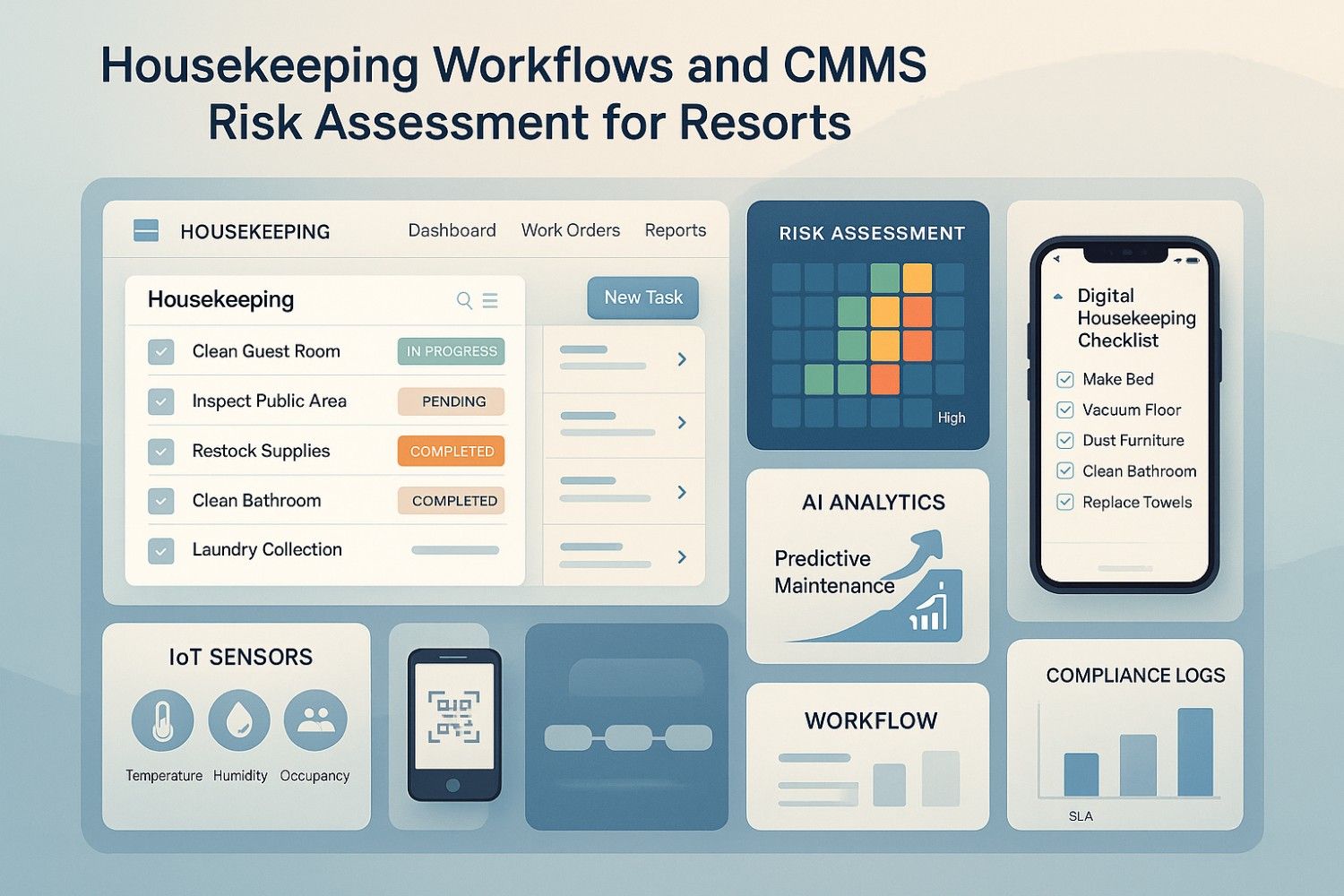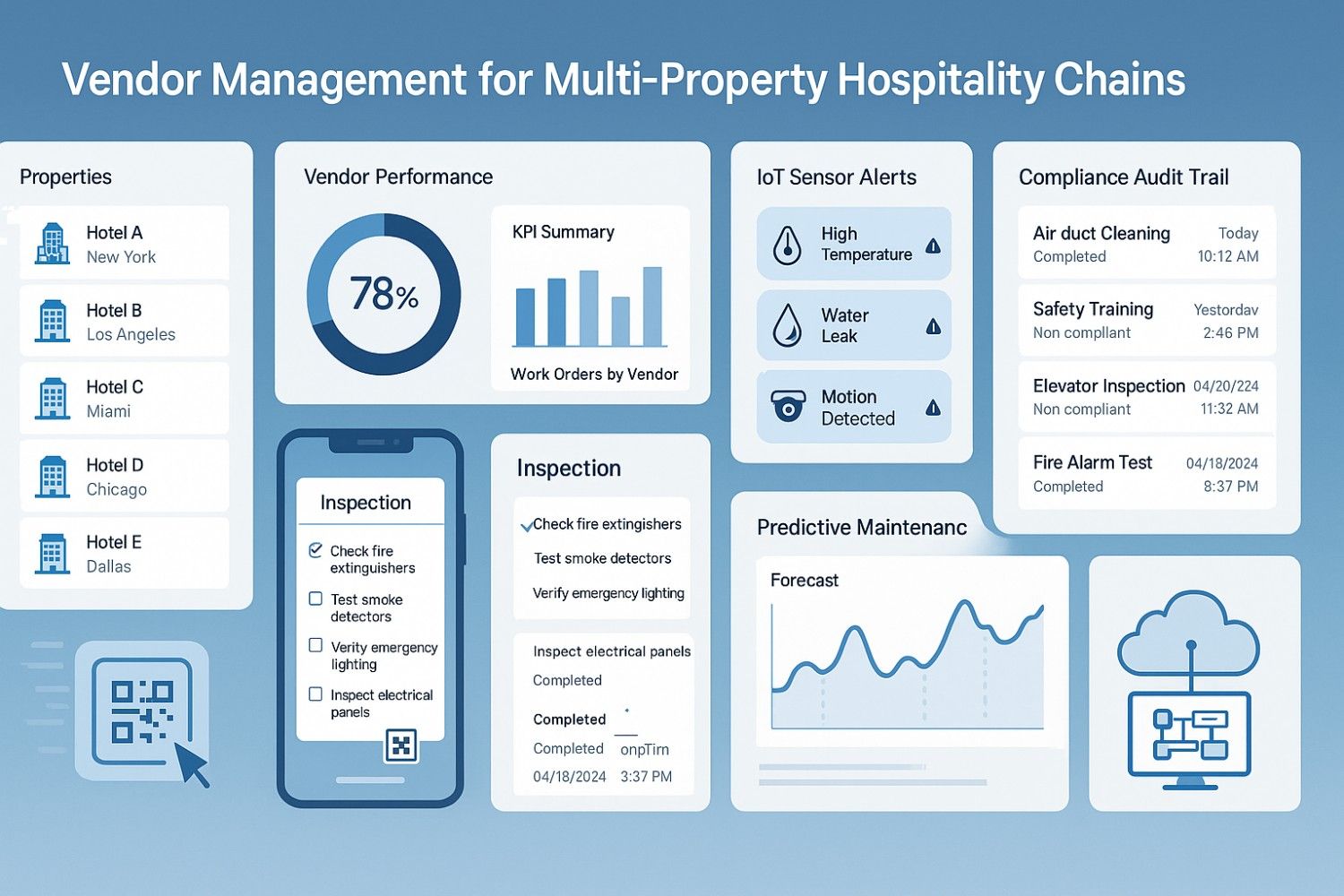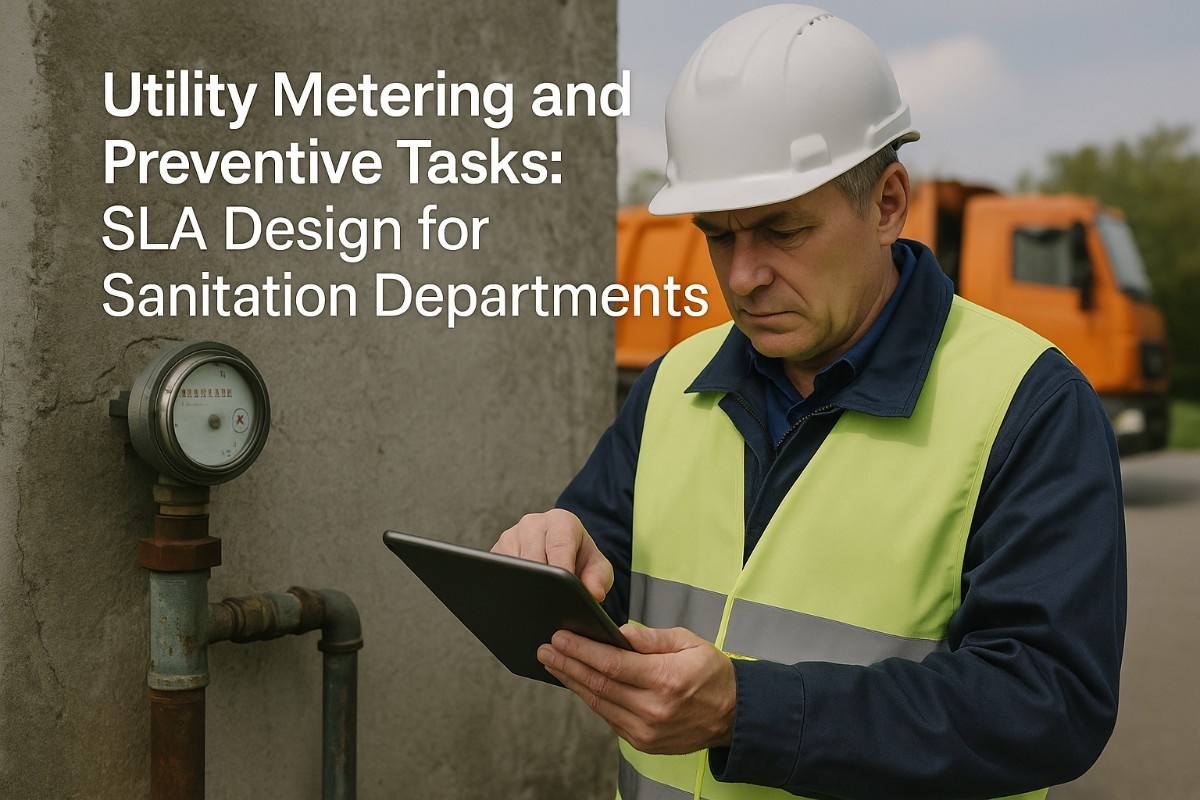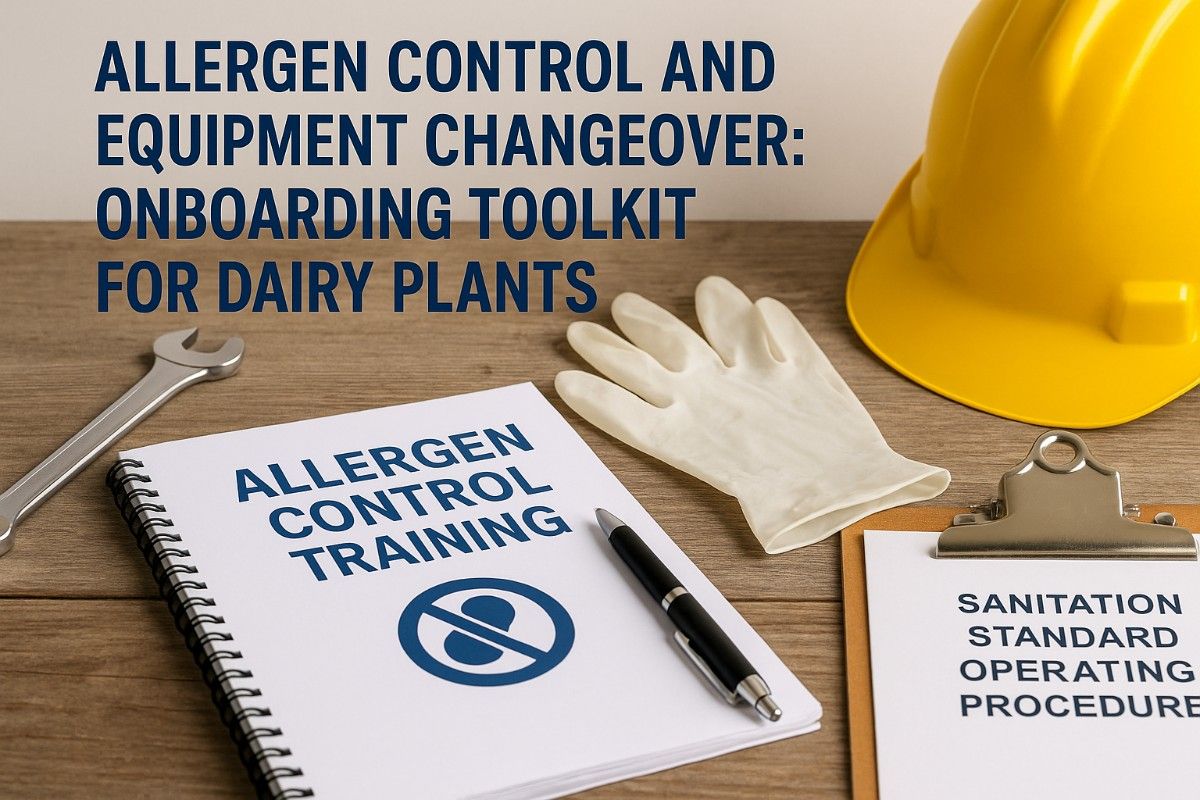The Industrial Internet of Things (IIoT) has revolutionized how manufacturing facilities monitor, control, and optimize their operations. At the heart of this transformation are IoT sensors—the digital eyes and ears that collect real-time data from every corner of your production environment.
For manufacturing professionals, understanding these sensors isn't just about keeping up with technology trends—it's about unlocking unprecedented levels of operational visibility, predictive maintenance capabilities, and process optimization. Whether you're managing a small production line or overseeing multiple facilities, the right combination of IoT sensors can transform your maintenance strategy and boost your bottom line.
Let's explore the five most critical types of IoT sensors that are reshaping industrial operations and learn how each one works to deliver actionable insights that drive real business results.
1 Temperature Sensors: The Foundation of Process Control
Temperature sensors are arguably the most fundamental IoT devices in manufacturing environments. These sensors continuously monitor thermal conditions across your operations, from critical machinery components to environmental conditions in production areas.
How Temperature Sensors Work
Modern industrial temperature sensors typically use one of several technologies: thermocouples, resistance temperature detectors (RTDs), or thermistors. Each converts temperature changes into electrical signals that can be digitized and transmitted to monitoring systems.
• Accuracy: ±0.1°C to ±2°C depending on type
• Range: -200°C to +1800°C (varies by sensor type)
• Response time: 0.1 to 10 seconds
• Communication: 4-20mA, RS-485, wireless (LoRaWAN, WiFi)
Real-World Impact: A automotive parts manufacturer implemented temperature sensors across their injection molding equipment and reduced product defects by 23% while extending mold life by 40% through precise thermal monitoring and control.
2 Vibration Sensors: Early Warning Systems for Mechanical Failures
Vibration sensors are your first line of defense against catastrophic equipment failures. By monitoring the mechanical vibrations of rotating machinery, these sensors can detect developing problems weeks or months before they result in costly breakdowns.
How Vibration Sensors Work
Industrial vibration sensors use accelerometers to measure mechanical vibrations across multiple frequency ranges. Advanced sensors can differentiate between normal operational vibrations and anomalous patterns that indicate bearing wear, misalignment, or other mechanical issues.
• Frequency range: 10Hz to 20kHz typical
• Sensitivity: 10-100 mV/g
• Temperature range: -55°C to +125°C
• Mounting: Magnetic, stud, adhesive
• Data transmission: Wireless, wired ethernet, industrial protocols
The key to effective vibration monitoring lies in establishing baseline patterns for each piece of equipment and using machine learning algorithms to identify deviations that signal potential problems. This approach can reduce unplanned downtime by up to 75% and extend equipment life by 20-30%.
3 Pressure Sensors: Critical Monitoring for Fluid Systems
Pressure sensors play a vital role in monitoring hydraulic systems, pneumatic equipment, and process fluids throughout manufacturing operations. These sensors ensure optimal system performance while preventing dangerous over-pressure conditions.
How Pressure Sensors Work
Industrial pressure sensors typically use piezoresistive or capacitive sensing elements to convert mechanical pressure into electrical signals. The sensing element deflects under pressure, changing its electrical properties in a measurable way that correlates directly to pressure levels.
• Pressure range: 0-1 PSI to 0-15,000 PSI
• Accuracy: ±0.25% to ±0.05% of full scale
• Output: 4-20mA, 0-10V, digital protocols
• Media compatibility: Oil, water, gas, corrosive fluids
• Operating temperature: -40°C to +150°C
Cost Savings Example: A food processing plant used pressure sensors to optimize their steam systems, reducing energy consumption by 18% and preventing three major equipment failures that would have cost over $200,000 in emergency repairs and lost production.
4 Proximity and Motion Sensors: Enhancing Safety and Efficiency
Proximity and motion sensors provide crucial data about object detection, positioning, and movement within manufacturing environments. These sensors enhance both operational efficiency and workplace safety by monitoring equipment cycles, detecting presence, and tracking material flow.
How Proximity and Motion Sensors Work
These sensors use various technologies including infrared, ultrasonic, capacitive, and inductive sensing. Each technology excels in different applications—inductive sensors work well with metal objects, while ultrasonic sensors can detect any material and provide distance measurements.
• Detection range: 2mm to 60m (varies by type)
• Response time: 0.1ms to 100ms
• Operating frequency: 20kHz to 300kHz (ultrasonic)
• Output: Digital on/off, analog distance, industrial fieldbus
• Environmental rating: IP67 to IP69K
Modern proximity sensors can be integrated with AI analytics to provide insights beyond simple detection—they can identify patterns in production flow, predict maintenance needs based on cycle counts, and optimize material handling processes for maximum efficiency.
5 Humidity Sensors: Environmental Control for Quality Assurance
Humidity sensors monitor moisture levels in air and materials, playing a critical role in quality control, product storage, and environmental management. Many manufacturing processes are highly sensitive to humidity variations, making accurate monitoring essential for consistent results.
How Humidity Sensors Work
Industrial humidity sensors typically use capacitive or resistive sensing elements that change their electrical properties in response to moisture levels. Advanced sensors combine humidity and temperature measurements to provide precise relative humidity, absolute humidity, and dew point calculations.
• Measurement range: 0-100% RH
• Accuracy: ±1% to ±3% RH
• Response time: 8-30 seconds for 90% step change
• Operating temperature: -40°C to +180°C
• Output: Analog, digital, industrial communications
Quality Impact: A pharmaceutical manufacturer reduced product rejections by 35% after implementing humidity sensors throughout their tablet production process, ensuring consistent moisture levels that prevented coating defects and improved dissolution rates.
Sensor Integration and Data Management
While individual sensors provide valuable data, the real power of IoT comes from integrating multiple sensor types to create comprehensive monitoring systems. Modern industrial IoT platforms can combine data from temperature, vibration, pressure, proximity, and humidity sensors to provide holistic insights into equipment health and process performance.
| Sensor Type | Primary Function | Installation Complexity | Maintenance Requirements | ROI Timeline |
|---|---|---|---|---|
| Temperature | Thermal monitoring | Low | Minimal | 3-6 months |
| Vibration | Mechanical health | Medium | Low | 6-12 months |
| Pressure | Fluid system monitoring | Medium | Low-Medium | 6-9 months |
| Proximity/Motion | Position and safety | Low-Medium | Minimal | 3-6 months |
| Humidity | Environmental control | Low | Medium | 6-12 months |
The key to successful sensor deployment is starting with a clear understanding of your operational challenges and selecting the right combination of sensors to address those specific needs. Begin with high-impact, low-complexity implementations and gradually expand your sensor network as you demonstrate value and build internal expertise.
Ready to Transform Your Operations with IoT Sensors?
Discover how the right combination of IoT sensors can revolutionize your maintenance strategy and boost operational efficiency. Our experts can help you design and implement a sensor strategy tailored to your specific manufacturing needs.
Getting StartedBook a Demo
Conclusion: Building Your IoT Sensor Strategy
IoT sensors represent more than just technological upgrades—they're strategic investments that transform how you understand, monitor, and optimize your manufacturing operations. Each type of sensor we've explored offers unique capabilities that address specific operational challenges, from preventing equipment failures to ensuring product quality.
The manufacturers who will thrive in the next decade are those who recognize that data is their most valuable asset, and IoT sensors are the tools that unlock this asset's potential. By implementing a comprehensive sensor strategy that combines temperature, vibration, pressure, proximity, and humidity monitoring, you create a foundation for predictive maintenance, process optimization, and continuous improvement that will drive competitive advantage for years to come.
Remember, successful IoT implementation isn't about deploying every available sensor—it's about choosing the right sensors for your specific challenges and building a system that delivers actionable insights your team can use to make better decisions, prevent problems, and improve performance. Start with your biggest pain points, prove the value, and then expand your sensor network strategically.
The future of manufacturing is connected, intelligent, and sensor-driven. The question isn't whether you'll adopt IoT sensors—it's how quickly you can implement them to start capturing the benefits they offer.
Frequently Asked Questions
1. What's the typical ROI timeline for implementing IoT sensors in manufacturing?
Most manufacturers see initial ROI within 6-12 months, with simple implementations like temperature monitoring often paying for themselves in 3-6 months. The exact timeline depends on factors like sensor type, installation complexity, and the specific problems being addressed. Vibration sensors preventing major equipment failures can show immediate ROI, while environmental monitoring might take longer to demonstrate cumulative benefits.
2. How do I choose which sensors to implement first in my facility?
Start by identifying your biggest operational pain points: frequent equipment failures, quality issues, energy waste, or safety concerns. Temperature and vibration sensors often provide the quickest wins for equipment monitoring, while proximity sensors can immediately improve safety and production tracking. Conduct a simple cost-benefit analysis focusing on problems that currently cost you the most in downtime, repairs, or lost production.
3. What infrastructure is needed to support IoT sensors in an industrial environment?
Basic requirements include reliable network connectivity (wired or wireless), data storage and processing capabilities, and software platforms for data visualization and analysis. Many modern sensors use wireless protocols like LoRaWAN, WiFi, or cellular connections, reducing wiring requirements. Cloud-based platforms can handle data processing, making it easier to start with minimal on-site infrastructure and scale up as needed.
4. How accurate are industrial IoT sensors, and how often do they need calibration?
Industrial-grade sensors typically offer high accuracy (±0.1% to ±3% depending on type) and are designed for long-term stability. Most quality sensors need calibration annually or biannually, though this varies by application and sensor type. Temperature and pressure sensors generally require more frequent calibration than vibration or proximity sensors. Many modern sensors include self-diagnostic capabilities that alert you when calibration is needed.
5. Can IoT sensors integrate with existing maintenance management systems and equipment?
Yes, most modern IoT sensors are designed with integration in mind, supporting standard industrial protocols like Modbus, OPC-UA, and MQTT. They can typically integrate with existing CMMS, SCADA systems, and ERP platforms through APIs or direct protocol connections. The key is choosing sensors and platforms that support open standards rather than proprietary systems. Many vendors offer integration services to ensure smooth connectivity with your existing infrastructure.









